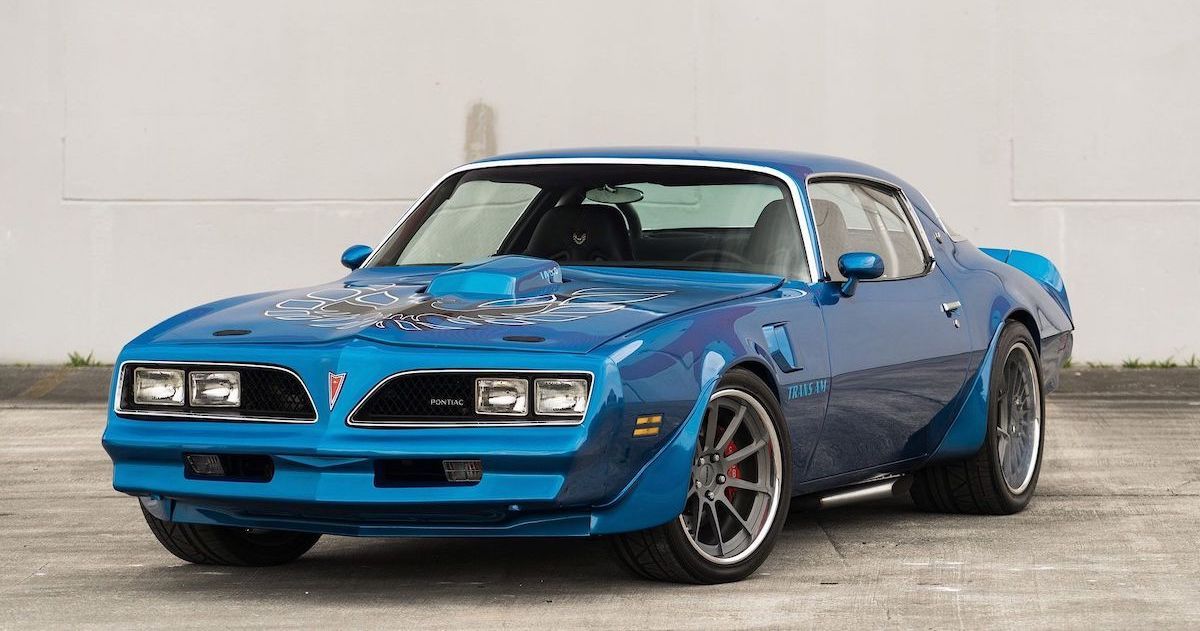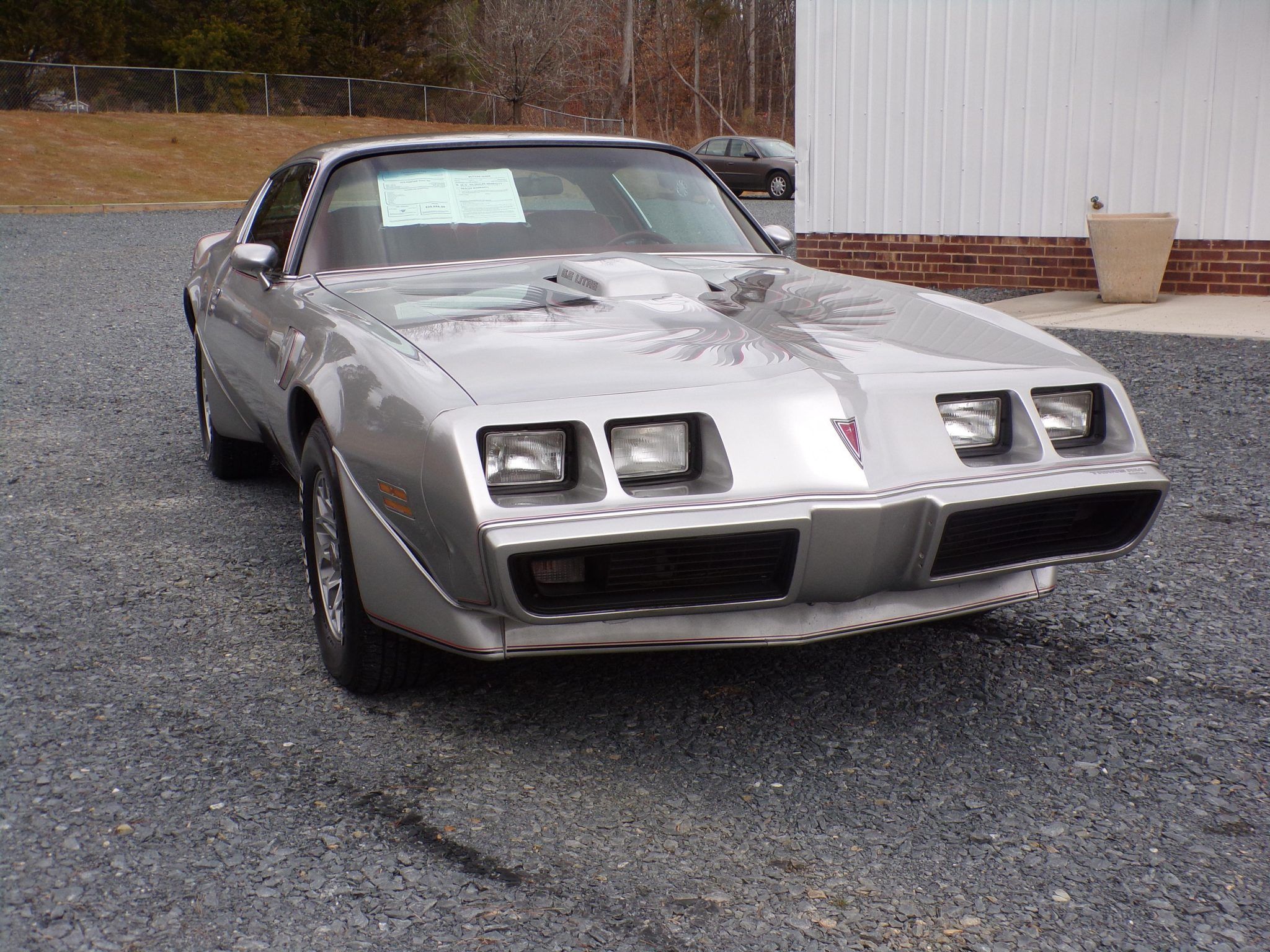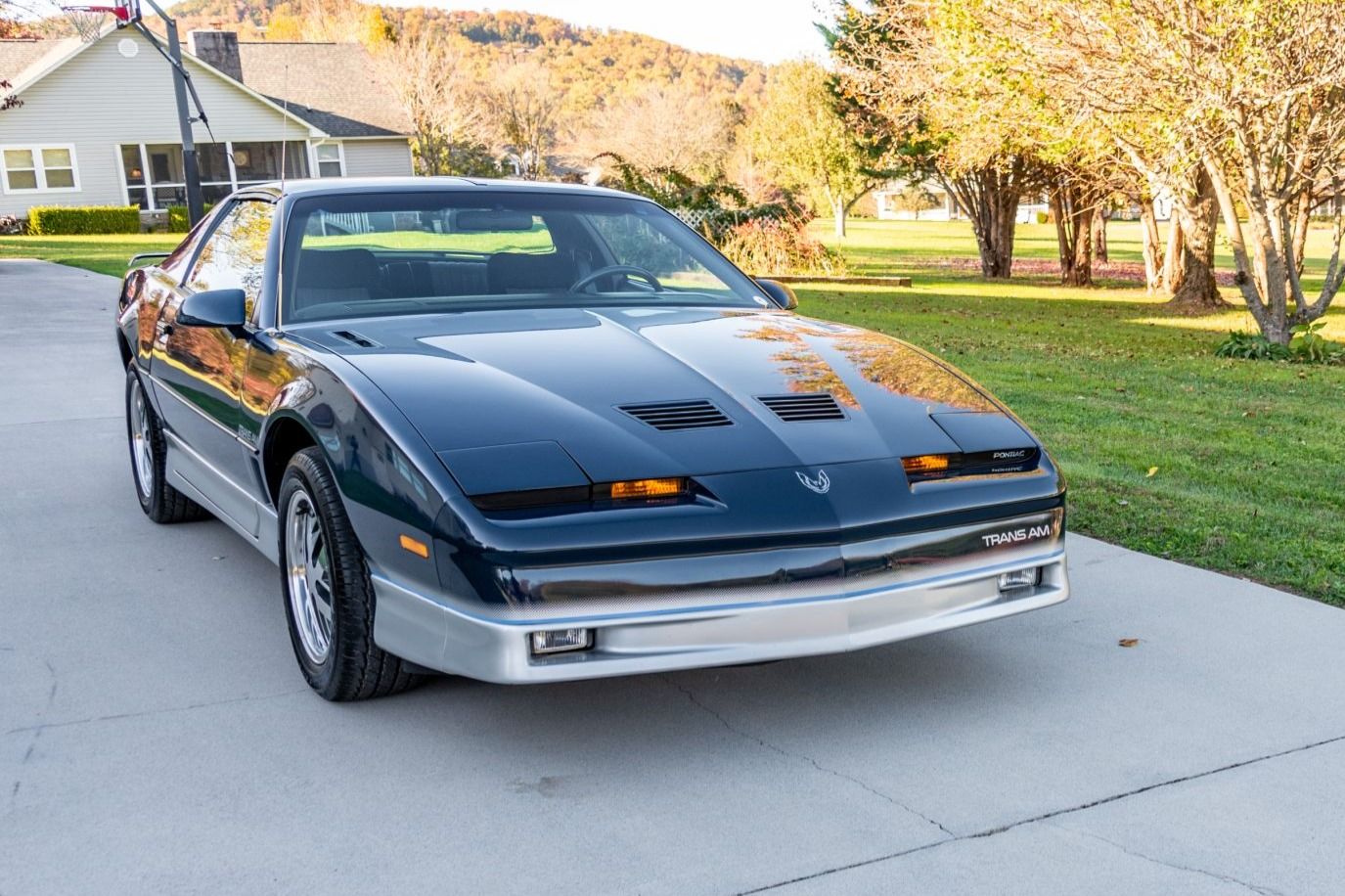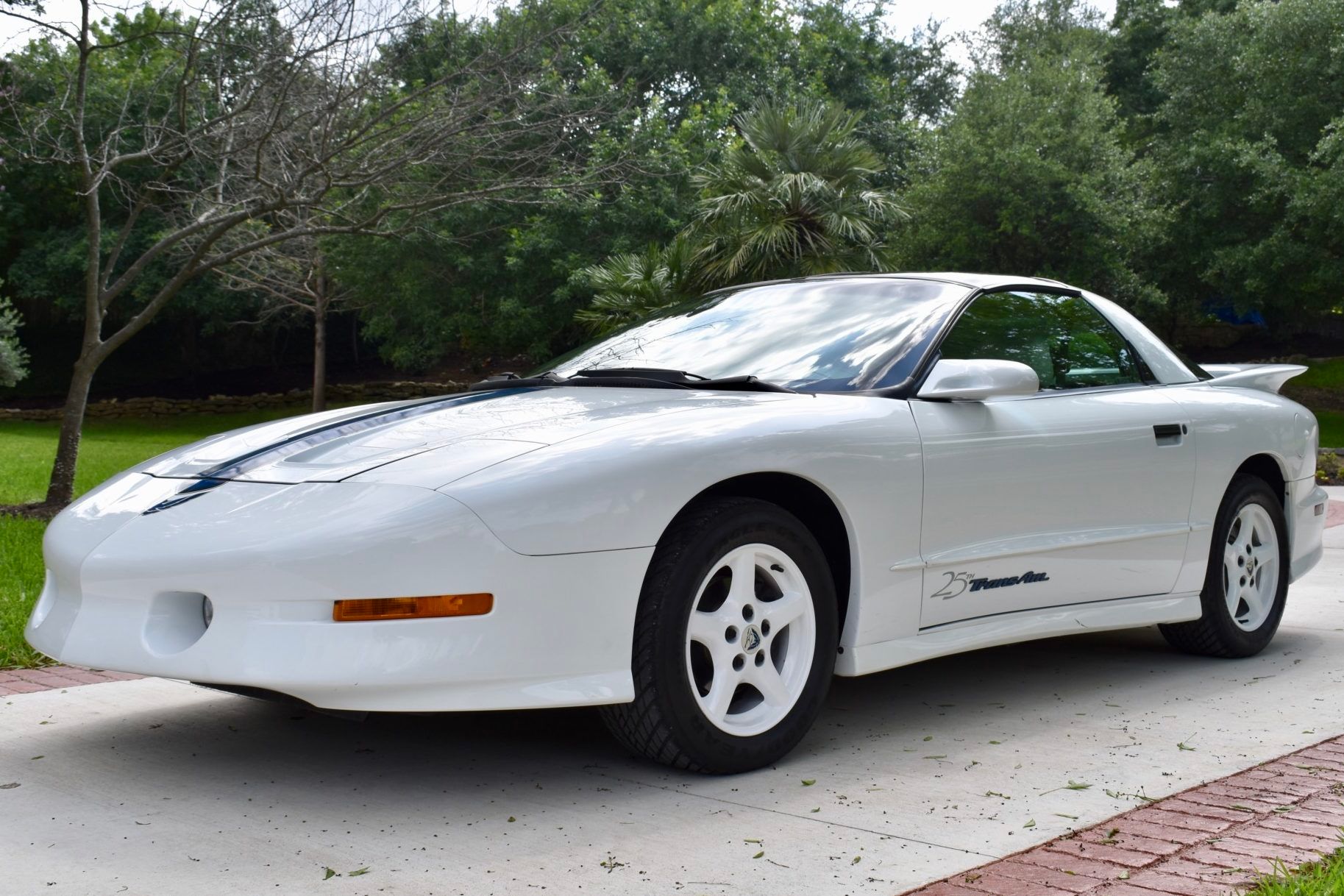When it comes to racing, muscle cars are almost everyone’s go-to vehicles for burning rubber on the drag strip. And quite frankly, they are the only cars that really stand a chance against other modern and robust counterparts that are swarming the racing community. The American muscle car culture is where all the action is, with thousands of vehicles hitting the racetracks every now and again. Pontiac, a division of General Motors, is one of the brands that are famous for producing muscle cars. This brand produced some of the most amazing muscle cars we've ever seen, and one of them is the Pontiac Firebird Trans Am.
The Firebird Trans Am isn’t the typical muscle car. This classic American pony has come a long way. As a unique model, the Trans Am took performance to the next level, with more horsepower, upgraded suspension systems, and better handling, in comparison to the standard Firebird. Even when viewed from a more contemporary point of view, the Firebird Trans Am still makes enough power and speed to put up with the modern muscle cars. Plus, the designs still look bold and fresh, even till date.
The Pontiac Firebird Trans Am line changed the muscle car segment forever, and here is a brief into the Trans Am’s history. From its inception in 1969 to its last hurrah in 2002, this is the story of the legendary Firebird Trans Am.
The First-Generation Firebird Trans Am
The first-generation Pontiac Trans Am rolled out of the production line in 1969. General Motors wanted the Trans Am to be a Pony car that would be a direct rival to the Ford Mustang and the Mercury Cougar. And they did. The two-door coupe had the pleasant design called Coke Bottle Styling, which, for the newly-introduced line-up, set the tone for what the car was going to be for a long, long time. But unlike the Camaro, the Trans Am’s design was more compact and well-integrated. It featured styling cues that paid homage to the GTO and other preceding GM vehicles. The Trans Am was the brand’s high-performance trim. One feature that set the Trans Am apart from the rest is the Polar white paint and blue racing strips across the top. This span from the hood to the trunk.
The name came from the GM Firebird prototype models, as well as previous concept cars created in the 1950s. But the Trans Am wasn’t the only Pontiac muscle car by GM. The line-up Included Sprint, Esprit, Formula, Ram Air models, and the base Firebird trim. All trims were available in 2-door hardtop and convertible versions. The heart of the Trans Am trim was a vigorous V-8 engine that made up to 335 horsepower. For extra performance, the Trans Am came offered with a heavy-duty suspension system, and a one-inch front stabilizer bar, just to name a few.
Second-Generation Firebird Trans Am
Around the early '70s, the industry welcomed a lot of muscle cars, and their designs only got more aggressive. And this wasn’t different on the 1970 Trans Am. It featured a new, eye-catching look, with two stylish air intakes at the front. The 1970 model also offered four different engines and three transmissions. But, most models experienced a significant decrease in power. For the next year, the brand’s dedicated buyers had access to a 7.5-liter engine. Unfortunately, the Pontiac, like all cars, bore the brunt of the 1973 oil crisis. Also, new safety standards and emission controls came into play.
The Trans Am faced significant weight changes in 1974. This was due to the new bumper requirements and safety standards set the year prior. Besides this, cars switched to unleaded fuel, which caused a reduction in compression ratios. Ultimately, these muscle cars faced a decrease in engine power output, and this was a bullet that the Trans Am couldn’t dodge. In 1977, the most powerful engine was the 6.6-liter V8. By 1979, the peak power you could get from a Pontiac engine was 200 horsepower. The displacement dropped to 4.9 liters. Still, the second generation is the longest-running generation, produced for 11 years, from 1970 through 1981
Third-Generation Pontiac Trans Am
The third-generation Pontiac Trans Am made it to the scene in 1982, and the brand sold it through 1992. By this time, Pontiac had fully embraced the new regulations. The car was completely redesigned and set to deliver the best aerodynamics and road performance. The windshield dropped to about 62 degrees, and the car underwent chassis improvements. The largest engine offered in the third-generation Pontiac was still the fuel-injected 5.0-liter V8 engine.
Fourth-Generation Pontiac Trans Am
The fourth generation of the Pontiac Trans Am ran from 1993 through 2002. The final generation of the Pontiac Trans Am restored the honor lost in the second generation. By this time, the brand had newer engine developments, which gave the Pontiac Trans Am more power, ultimately placing it ahead of the competition. The most noteworthy engine was the LS1 V8. This produced up to 325 horsepower. Other standard models came equipped with a 3.8-liter V6 engine.
In 2002, the Trans Am came with yellow paint, black wheels, and customized graphics across the body. It also featured a WS6 option, which added a 5.7-liter V8. This engine propelled the Trans Am from zero to 60 mph in about 13 seconds. Today, so many Trans Am models still retail in the classic car market. The best part is that a majority of them are well-preserved.





